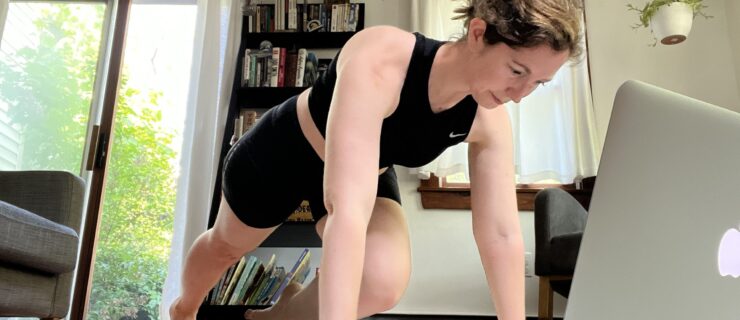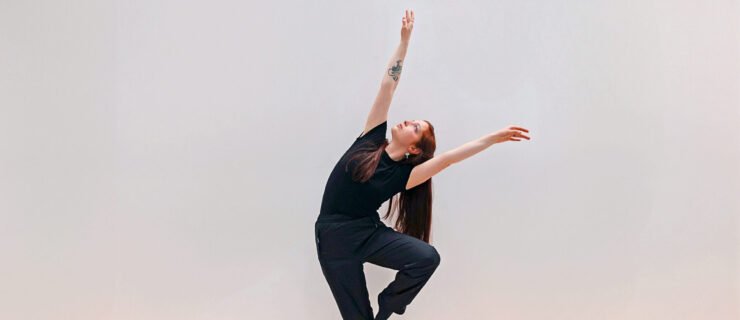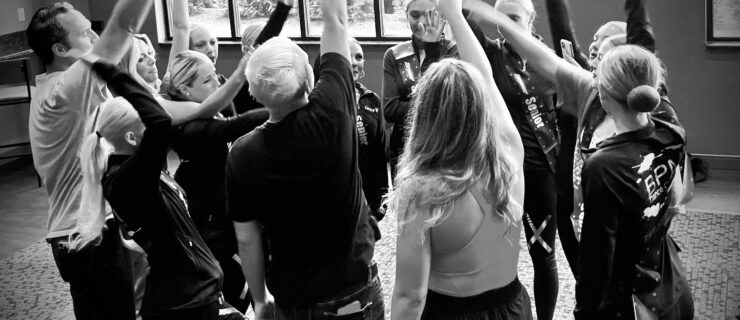How the Natural Remedies of Homeopathy Could Soothe Aches and Pains
Ever wonder about the little blue tubes you see at the health food store? The funny names on the labels, like Bryonia Alba or Arnica Montana, are intriguing, but what are they all about? These little containers hold homeopathic remedies—natural medicine used to treat illness and injury holistically.
If you go to a traditional doctor with a sore throat or a fever, the doctor will look at your throat and ears and prescribe a medicine to treat the symptoms. A homeopathic doctor, however, might ask if you favor warm drinks over cold drinks, or what side of your body a cold usually starts on. These might seem like unusual questions, but from a homeopath’s point of view they have everything to do with why you are sick in the first place.
Ancient Greek Wisdom
Homeopathy, which literally means “treating like with like,” was founded over 200 years ago by a German doctor named Samuel Hahnemann, who was practicing medicine at a time when people were bled (blood was drawn), or given emetics (an agent that induces vomiting) and purgatives when they were sick. It was believed that illness was the result of bad blood or poisons in the body; however, Hahnemann found these practices made people sicker because they became weaker and less able to function, and often died prematurely.
“Hahnemann refused to practice medicine like that, and, because he was a linguist, started supporting himself by translating old medical journals from the Greek language,” says homeopath Maria Bohle. “He began reading ancient Greek medicinal journals, which said if you wish to cure, let like be treated with like.” This was how he got the idea to treat people with the substance that would cause the same symptoms that they were having, and ultimately led him to found modern-day homeopathy. “It is the hair-of-the-dog-that-bit-you theory,” says Bohle. “For example, if you need to vomit, ipecac will make youvomit if you take a large dose, but if you are already vomiting, a tiny dose of ipecac could help to stop that vomiting.”
Nature’s Medicine
Homeopathy uses remedies—diluted doses of plant, animal, or mineral substances in the form of pellets, creams, gels, or liquid—that jump-start your body into curing itself without using prescription drugs. If you have a headache, homeopathic treatment will not try to hide the headache, but rather will focus on why you have a headache.
For example, if you have a pounding headache, it could be because you are sensitive to light or have a salt imbalance. Natrum Muriaticum will help regulate your salt balance and relieve excess body fluids which cause pain and pressure, thus eliminating the headache. It would not suppress the symptoms, but instead bring them out and use your body’s own defenses to cure what ails you. “Once something is put right, it tends to stay right,” says Emlyn Thomas, author of Homoeopathy for Sports, Exercise and Dance.
A Complementary Treatment
Homeopathic treatment is not for all illnesses and injuries. If you break your arm, for example, you need to see your medical doctor. “If a dancer tears a ligament, homeopathy will help to reduce inflammation, bruising and pain, but it will not repair the damage,” says Thomas. “See a sports physiotherapist and make sure you get the correct surgery or rest that is recommended.”
Detecting Wellness
Your first visit to a homeopath is more like a visit to a psychologist than a doctor. “There is a lot of talking in the first session,” says Bohle. “Homeopaths have a ‘Sherlock Holmes’ tendency [as] they try to get to the root of your physical problem through your emotional side as well. We treat holistically, so every aspect of the patient is important.”
A good diagnosis is the key to using homeopathy, and taking the correct precautions is crucial. “If a dancer is seriously injured, it is not the end of the world if you have to stop dancing for awhile,” says Thomas. “Allowing your body to heal is essential. Homeopathy does not offer miracles, but when used in conjunction with the right care, it makes recovery quicker and reduces the time a dancer must spend out of commission.”
Homeopathy is relatively risk-free because remedies contain such minuscule doses. It doesn’t interfere with any other drugs and has no side effects.
Remedies to Remember
Below are a few homeopathic remedies that may come in handy for symptoms common to dancers. Note: The symptoms and descriptions listed below are generalized. Before you try homeopathy, speak to a homeopathic professional.
Argentum Nitricum is for problems associated with nervousness. Can be helpful if you are feeling overly anxious about performing, or feeling so nervous that you have trouble remembering your routines.
Arnica Montana helps with healing damaged tissue. Can be used for most muscle injuries. If you fall in class, Arnica Montana helps reduce swelling, bruising or shock from the injury.
Ruta Graveolens
is good for muscles that are beginning to contract or cramp. It can also be used if you have inflammation in your muscles or if your arms and legs are feeling unusually heavy when you dance.
Bryonia Alba
eases aching muscles. Can help if your arms and legs are extremely tired or if all movement is painful.
When taking a homeopathic product orally, it is important to remember to have a clean mouth. This means not to have eaten, drank (besides water), or brushed your teeth within 20 minutes before taking the product. Food and toothpaste can interfere with the effectiveness of the homeopathy.



